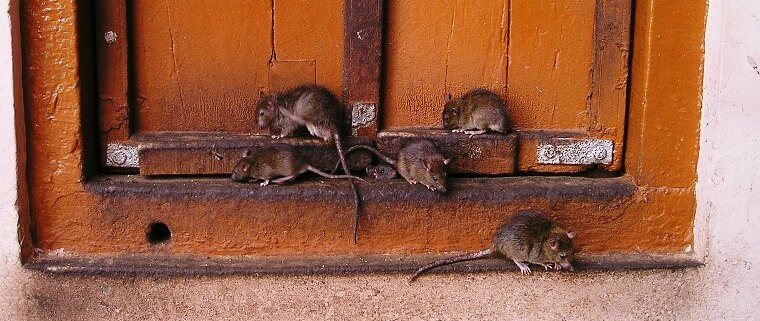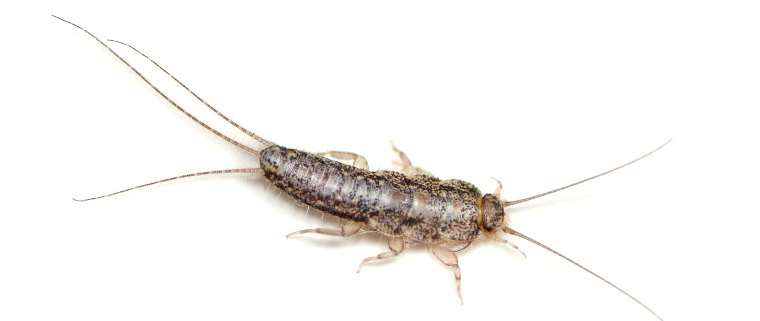The Problem
There are a number of insects that can be a nuisance to you and your home. One of these is the Clothes Moth, which has a particular love of certain fabrics and other materials that are found in your house. Knowing how to recognise and control of these pests can help you to prevent damage to clothing and other items.
What are Clothes Moths?
The Clothes Moth is brown, is approximately seven to ten millimetres in length, and can have distinctive dark areas on its wings. Its mouth consists of sucker-like parts. The larvae of these insects measure at least ten millimetres in length are either pale yellow or a cream like white. The head has a dark brown colour and a mouth made for chewing. When the larvae start to feed on the material, it will use its body to spin a tiny, silk vessel around its body that moves with it as it feeds. When it moves, its head and legs extend from the front of the silk covering.
Clothes Moths can be found in homes or retail businesses full of various fabrics and related materials. Some of their favourite foods to chew on include the following: anything containing keratin, feathers, rugs, furs, felts and stuffed animals.
Eggs of clothes moths are hard to notice as they usually are covered with materials consumed by the adult moth. As they begin to grow, they will move to places that are high up where they are hard to spot and can be isolated. When laid, the eggs are a creamy white colour and over time become red. They are oval-shaped and laid in batches of between 37 to 48 eggs at a time. They normally hatch anywhere from 4 to 7 days after they have been laid. The larvae also like to feed on furniture and clothes, causing the most damage. The adult moth doesn’t feed on these items.
What to Do?
Once you have detected these insects, it is critical that they be brought under control. Pest control can help you to do this, using the right techniques to get them out of your home. This can include vacuuming the carpet and then chemically treating them to kill the insects. Other treatments, such as spraying the infected areas can kill the adults. The ones that need to be focused on are the larvae, which create the most damage. Pest inspection can also help you to determine if clothes moths are in the home. The best time to catch these insects is early on in their life cycle. A pest control professional can advise you on the best ways to prevent them from them from settling in the first place and what to do if you find them in your home.







